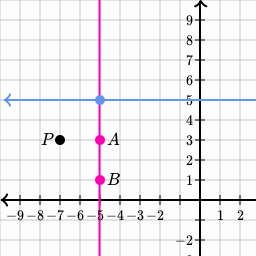


You could view it asĪ globe of some kind. This isn't just a circle, this is a sphere. The volume of a full sphere is integral -r to r of pi(r^2 - x^2) dx. (By the way, if you take calculus later, you will be able to derive this formula in another way by finding an integral. Therefore, the volume of a full sphere is (4/3) pi r^3. Since we have found that the volume of Figure 2 is (2/3) pi r^3, the same is true for Figure 1, which is a hemisphere of radius r. So Figure 1 and Figure 2 have the same volume.

Therefore, these cross sections have equal areas at every height. So the area of the cross section at height h is pi r^2 - pi h^2 = pi(r^2 - h^2). In Figure 2, the cross section is a ring-shaped region with outer radius equal to r (from the cylinder, since each cross section's radius is the cylinder's radius) and inner radius equal to h (from the cone, since in a cone with equal height and radius, each cross section's radius equals its height above the bottom point). So the area of the cross section at height h is pi^2 = pi(r^2 - h^2). In Figure 1, the cross section is a circle with radius sqrt(r^2 - h^2) from the Pythagorean Theorem (hypotenuse is r, one leg is h, and the other leg is the cross section's radius). Once we show that these cross sections have equal areas at every height, then Cavalieri's principle would imply that the volumes of Figure 1 and Figure 2 are equal (since the overall heights of the two figures are equal, specifically to r). Now we need to compare the areas of the horizontal cross sections of Figure 1 and Figure 2 at any given height h above the bottom. Great question!! The 4/3 isn't so obvious and requires some work to derive.įigure 1: the top half of a sphere with radius r.įigure 2: a cylinder with radius r and height r, but with a cone (with point on bottom at the center of the cylinder's bottom base) with radius r and height r removed from it.įrom the volume formulas for a cylinder and a cone, the volume of Figure 2 is


 0 kommentar(er)
0 kommentar(er)
